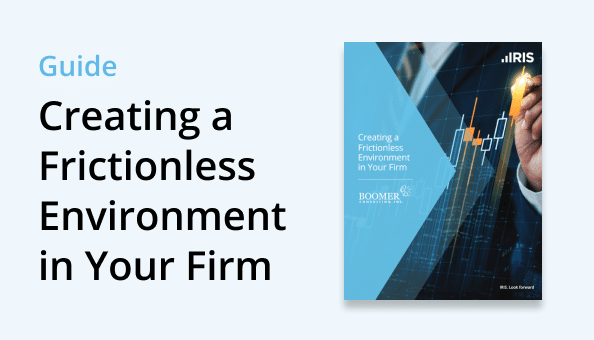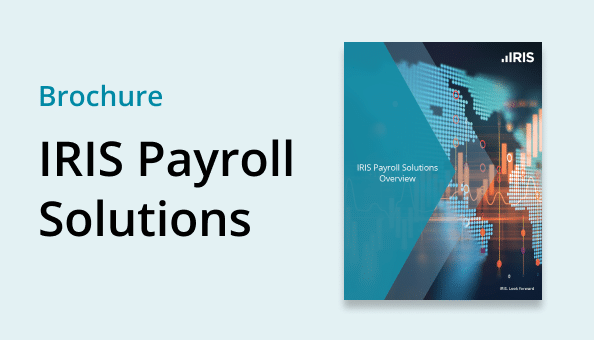BLOGS
Exploring Employee Benefits: How Much Does It Cost?


Employee benefits are an important part of any business strategy. They create a positive workplace culture, support employee wellbeing, and help retain the best talent. Medical insurance, stocks and shares options, flexible working, and personal training are some of the numerous examples of employee benefits that are available. For employers, this requires a financial commitment beyond basic salaries and wages.
But how much do employee benefits cost per employee? And how much should employers set aside for employee benefits?
In this blog, we will explore the intricacies and the cost of employee benefits, while highlighting the long-term value they provide to organizations and their people.
What are employee benefits?
Employee benefits have become a key component of many compensation packages. Put simply, any non-wage gain is a form of employee benefit, and this can be either mandatory in some industries or voluntarily offered by an employer.
All employee benefits can play an important role in fostering a positive work environment as well as attracting and retaining top talent. Any business or organization can create its own employee benefits plan, and the price of doing this often depends on the structure of the workforce.
While establishing employee benefits is relatively straightforward in the United States, there are challenges involved with global employee benefits management for international organizations such as language barriers, payments, and statutory obligations.
Similarly, a country where you may have situated an expatriate may have different employment laws and regulations than a location where a business is based. In this case, careful consideration should be given to the benefits and compensation offered to expatriate employees which may include salary, relocation costs, education opportunities, and other allowances.
Given employee benefits is a very broad term, it’s difficult to calculate exactly what it costs. However, there a several important factors to consider that can provide an estimated price for employee benefits, which we talk about below.
Employee benefits: how much do they cost for expanding businesses?
The amount a company spends on employee benefits will depend on several factors such as the industry, the size of the workforce, the budget, and the importance and value it puts on providing perks and benefits. Additionally, getting benefit packages right for employees spread across the world has its own specific challenges.
Many companies operate with a global workforce, and the level of employee benefits is important to attracting and retaining top talent.
What are the main categories of employee benefits?
Employee benefits can be broken down into three major categories covering a wide range of benefit costs for employers. The three categories are:
1. Insurance
There are many types of insurance that employers can provide as part of employee benefits. These include life insurance, medical and health insurance, dental insurance, short-term and long-term disability insurance, and vision insurance.
Given the high cost of medical care in the US, health insurance is one of the most common employee benefits.
However, when expanding globally, health insurance may not be as much of a priority. Instead, supplementary insurance types like mental health, Employee Assistance Services (EAP) or life insurance may be more common as an employment benefit.
2. Retirement and savings
In the US, two types of employee retirement plans – defined benefit plans and defined contribution plans – are forms of employee benefits and are covered by the Employee Retirement Income Security Act.
For US companies moving into other countries, they will need to look at the local law in retirement and pensions, as it does often vary across each country. For example, Poland’s PPK law requires participation for economically active individuals between the ages of 18 and 60.
3. Legally required benefits
Employers are legally required to provide employees with a number of benefits as part of their overall compensation package. This varies between country to country, and some of it may be harder to uncover than others. For example, the UK requires any employer whose employees use a computer for over a certain number of hours to receive an eye test for free, but this is often buried in Health and Safety law over employer law.
How much do employee benefits cost per employee?

Latest June 2023 figures from the U.S. Bureau of Labor Statistics show that employee compensation for civilian workers costs employers an average of $43.26 per hour worked. This includes $29.86 for wages and salaries and $13.39 for benefits costs. Meanwhile, compensation for private industry workers averages $41.03 per hour worked consisting of $28.97 for wages and salaries and $12.06 for benefits costs. The figures rise for state and local government workers who average $58.25 per hour worked incorporating $35.90 for wages and salaries and $22.35 for benefits costs.
While this looks at the US only, these representative costs can be used to help factor overseas costs when expanding.
| Type of workers | Total average hourly compensation costs per employee | Hourly wages and salaries costs per employee | Percentage of total employer costs on wages and salaries | Hourly benefits costs per employee | Percentage of total employer costs on employee benefits |
| Civilian workers | $43.26 | $29.86 | 69% | $13.39 | 31% |
| Private industry workers | $41.03 | $28.97 | 71% | $12.06 | 29% |
| State and local government workers | $58.25 | $35.90 | 62% | $22.35 | 38% |
Breakdown of Employee Benefits Costs Per Employee
We have examined the overall cost of employee benefits to the employer for civilian workers, private industry workers, and state and local government workers. Now, we can break these costs down further to reveal the individual cost of each benefit across the three sectors.
| Compensation component | Civilian workers | Private industry workers | State and local government workers | |||
| Cost ($) | % of Compensation | Cost ($) | % of Compensation | Cost ($) | % of Compensation | |
| Total compensation | 43.26 | 100.00 | 41.03 | 100.00 | 58.25 | 100.00 |
| Wages & salaries | 29.86 | 69.0 | 28.97 | 70.6 | 35.90 | 61.6 |
| Total benefits | 13.39 | 31.0 | 12.06 | 29.4 | 22.35 | 38.4 |
| Paid leave | 3.20 | 7.4 | 3.05 | 7.4 | 4.27 | 7.3 |
Are employee benefits considered overhead costs for employers when expanding overseas?
Yes, employers should treat employee benefits like overhead costs when expanding overseas. The reason for this is that overhead costs include rent, utility bills, insurance, and employee perks. Meanwhile, operational costs refer to the essential running of a business and the expenses required to deliver services and create and sell products.
So, all money spent on employee benefits and perks is an overhead cost. This includes everything from company vehicles and smartphones to gym discounts and office snacks. However, employee benefits costs can vary from industry to industry, while management and C-suite staff typically have higher benefit costs and service workers the lowest.
How much a business owner spends on employee benefits depends on several factors such as the size of the company, number of workers, and the needs of the business. Ultimately, employee benefits and perks form part of any competitive compensation package and help foster a positive work environment, reward high performance, enhance job satisfaction, and attract and retain talent.
Need help with your employee benefits and compensation plans?
Read about our international employee benefits services today.












